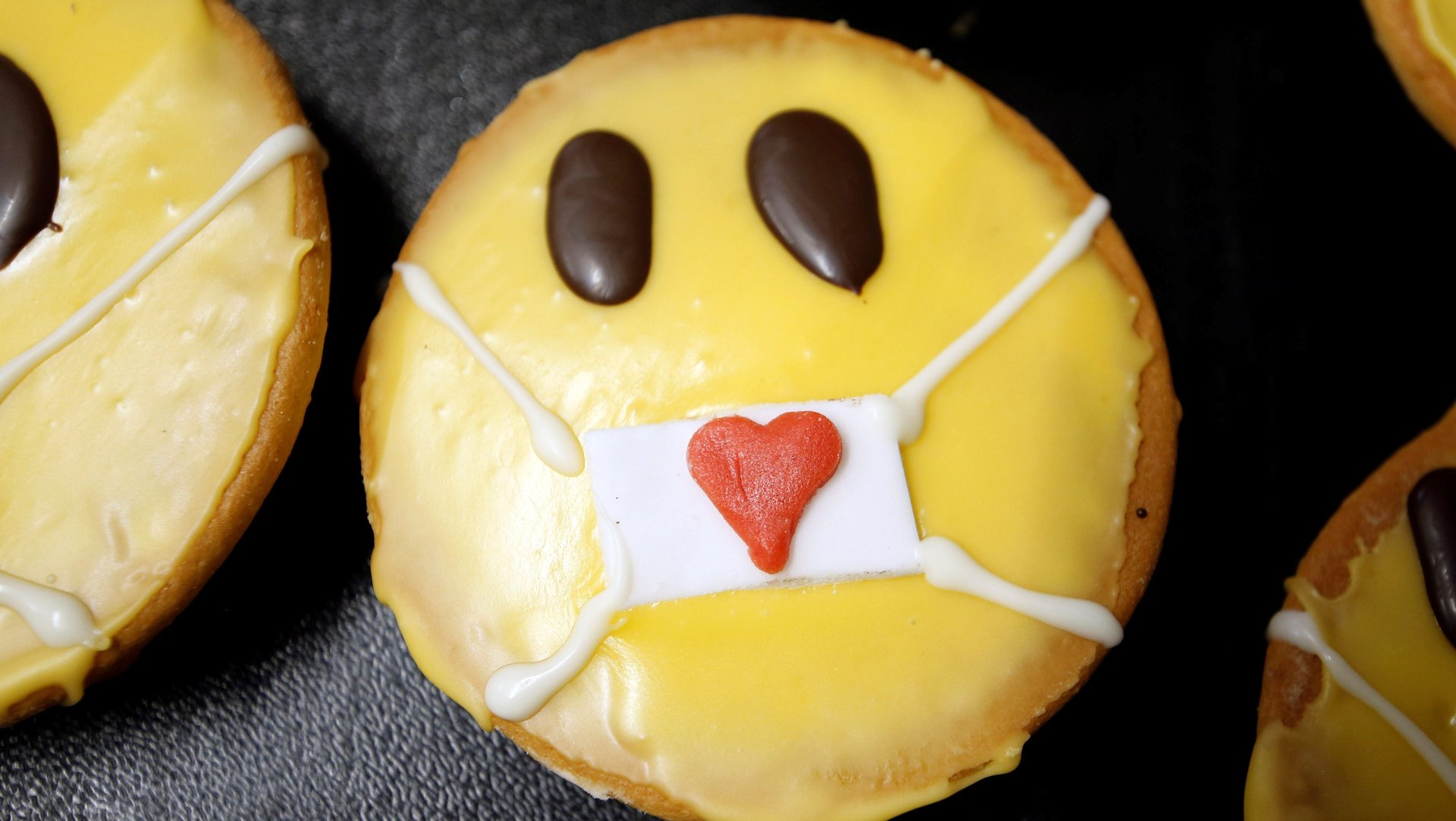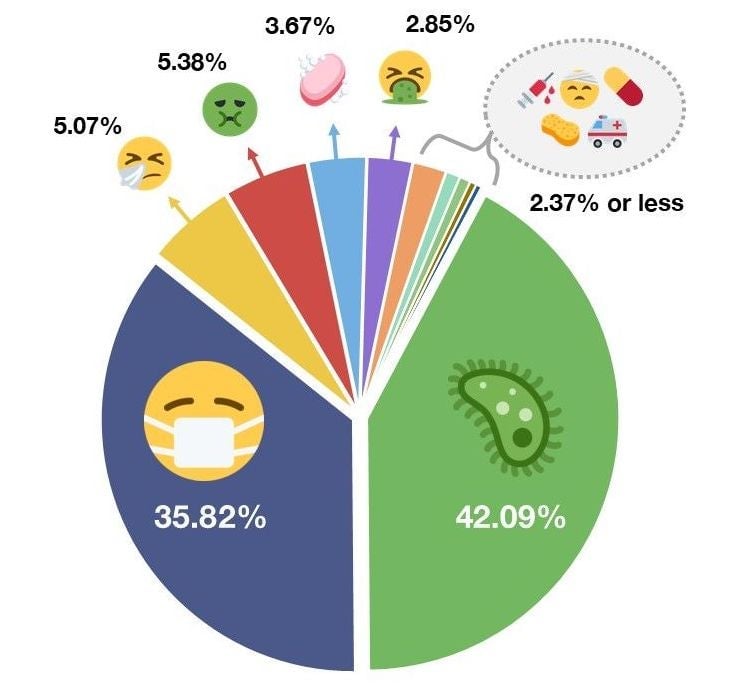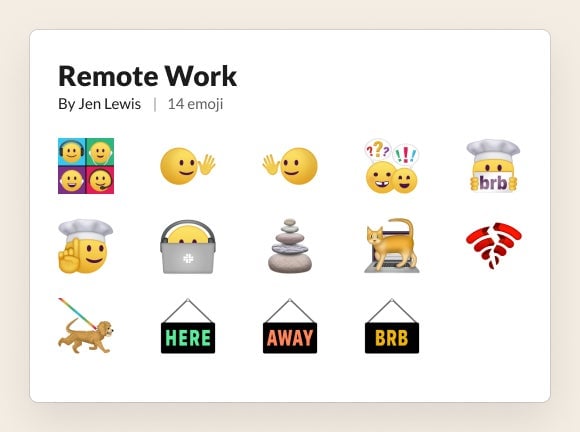The angst of remote workers is evident in their emoji
For such a tiny glyph, an emoji carries a lot of power—adding a dose of levity to a conversation or providing some much-needed encouragement to a friend. New research from Slack suggests that they’ve only become more important to communication during the pandemic. Remote workers on the platform are using 80% more emoji since the onset of Covid-19, and choosing more openly affectionate symbols to bridge the months of separation from their colleagues.


For such a tiny glyph, an emoji carries a lot of power—adding a dose of levity to a conversation or providing some much-needed encouragement to a friend. New research from Slack suggests that they’ve only become more important to communication during the pandemic. Remote workers on the platform are using 80% more emoji since the onset of Covid-19, and choosing more openly affectionate symbols to bridge the months of separation from their colleagues.
“How emoji has become the glue that holds everything together has been one of the more interesting insights of the study,” says Christina Janzer, Slack’s senior director of research and analytics. On the messaging platform, Janzer says that the ❤️ (red heart) has eclipsed 🎉 (tada) as the most commonly used emoji this year. Workers are also more frequently using emoji to make sure the tone of their messages come across as they intended. For instance, appending “Fine” with 😊 or 😠 better conveys the sender’s feelings and leaves less to interpretation.
Paul Hunt, a typeface designer at Adobe who is working remotely from Melbourne, Australia, can vouch for the usefulness of emoji during the pandemic. “I’m grateful for emoji through this time,” he tells Quartz. “You can add a little bit of color and heighten the emotion to your black and white words. Even that little tiny bit of brightness is something to warm the heart.”
Hunt, who is a member of the Unicode Consortium, the coalition that decides on new emojis each year, also notes that the unique circumstances of the pandemic have pushed some underutilized glyphs to the forefront. “In the wake of the recent Coronavirus 👑 🦠 outbreak, some previously overlooked emoji have shown their worth. In particular the soap emoji 🧼 can serve as a reminder of the importance of frequent hand washing, and the masked emoji 😷 can help us encourage others to be considerate of others and to wear a mask when going out to public places,” he writes, citing research from Emojipedia.
Beyond Slack, there’s there’s also been an uptick in the masked faced emoji, microbiome symbol, and expressive face emoji on Twitter. The pie chart below shows the breakdown of emoji usage in 2,454 tweets that mention coronavirus or Covid-19. In a broader analysis of over 200,000 tweets, Emojipedia’s researchers found that the masked emoji climbed 100 places in popularity, and the microbiome moved up 133 spots.

Surge of custom emoji
In addition to the 3,304 emoji currently available, Janzer says custom emojis have proven to be particularly useful to establish sense of collective identity. Created by uploading a jpeg, a png, or a gif file to Slack, these symbols serve as a kind of unique graphic alphabet for a company.
Custom emoji can be used to indicate the status of tasks in a workflow, symbolize a company’s values, or celebrate a colleague with their own avatar. Insurance start-up Oscar Health relies on custom emoji so much that they have a bot called Emotiqueue that generates them on demand. There are currently 5,600 unique glyphs in Oscar’s system; new entries are compiled in a daily digest for employees.
Slack has also recently introduced a remote workers emoji set. Among the 14 new glyphs is a broken wifi symbol to indicate to everyone why your response rate is extra sluggish, and a cat trampling on a laptop to signal a domestic mishap that takes you away from work.
Similarly, collaboration platform Air has developed a Slack Quarantine Emoji Pack featuring coronavirus-themed symbols like a precious package of toilet paper, employees in sweatpants, a button for snacks, and a “calendazed” icon to evoke that all too familiar feeling of losing our sense of time during the long months in lockdown.

“I had this notion that emoji was this lighthearted, fun tool, but there’s so much more to them,” says Janzer. “It’s really interesting what you can learn about a company’s culture based on how they use them.”